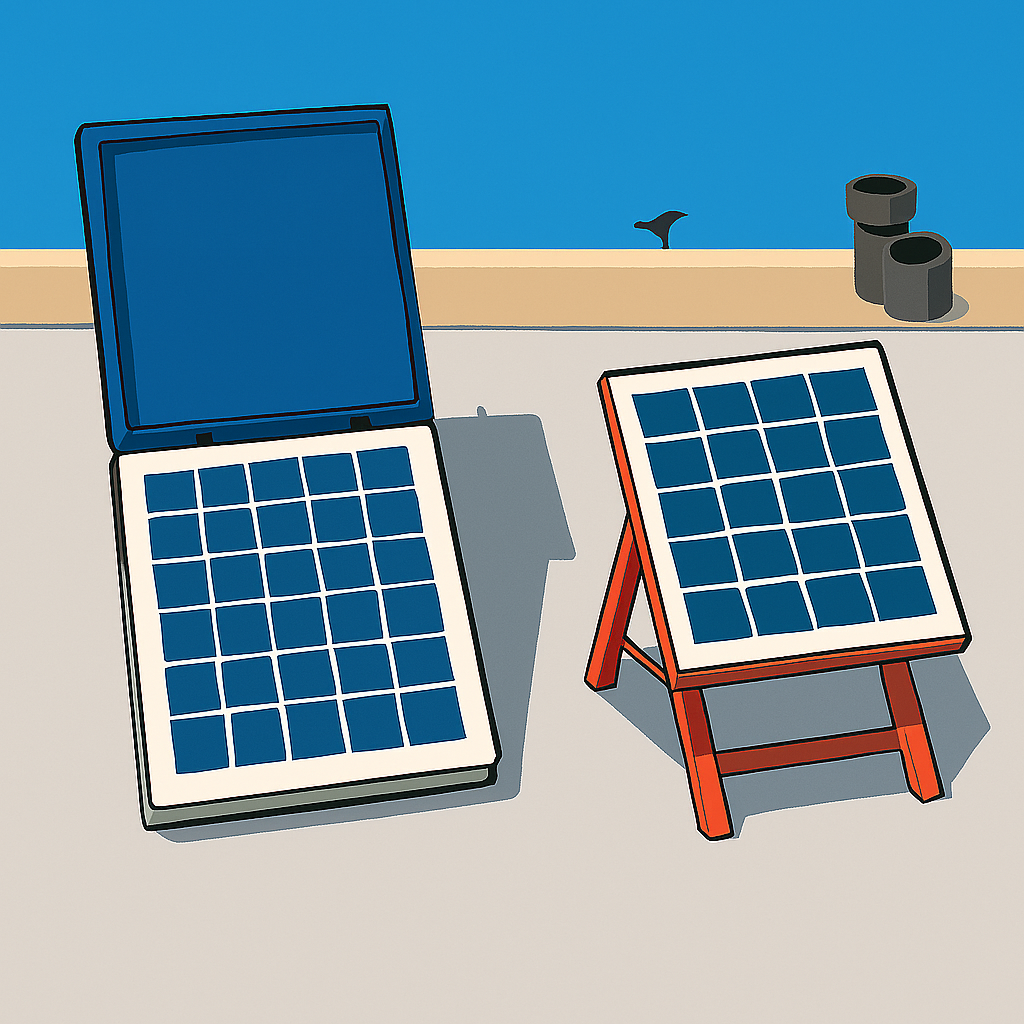How Calcium Chloride Cooling Boosts Solar Panel Efficiency
Solar panels are revolutionizing renewable energy, but did you know salt can make them even more efficient? Researchers at PSG College achieved an 18% efficiency boost using calcium chloride—a breakthrough for solar projects in humid regions.
Why Solar Panels Need Cooling Systems
Photovoltaic performance drops 0.5% for every 1°C above 25°C. Traditional active cooling methods waste energy with pumps and fans. The PSG team developed a passive solution that outperforms conventional systems while cutting costs—perfect for grid-connected solar projects.
The Science Behind Calcium Chloride Cooling
Calcium chloride (commonly used for de-icing) acts as a powerful desiccant. When combined with sawdust in cloth pouches, it absorbs humidity from air. The evaporation process creates natural cooling—zero energy input required. This innovation complements next-generation solar technologies by improving panel longevity.
Real-World Performance Gains
- 17.38% efficiency increase in Coimbatore’s tropical climate
- 19% peak power output boost
- Costs 90% less than active cooling systems
Climate Considerations
While optimal for humid areas like Florida or Southeast Asia, performance decreases in arid regions. Regular maintenance prevents salt buildup that could block sunlight—similar challenges faced by battery storage systems in harsh environments.
Future of Solar Cooling Technology
Researchers are testing alternative materials to calcium chloride for broader climate adaptability. When paired with AI-optimized solar tracking, this passive cooling method could redefine renewable energy economics.






